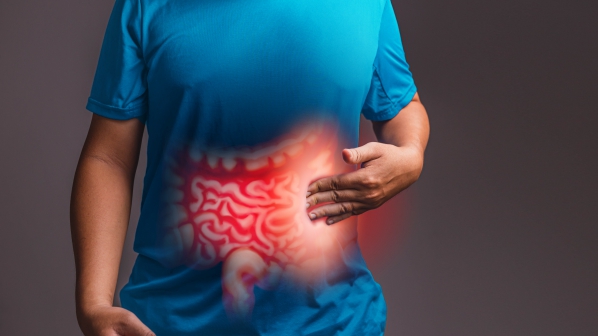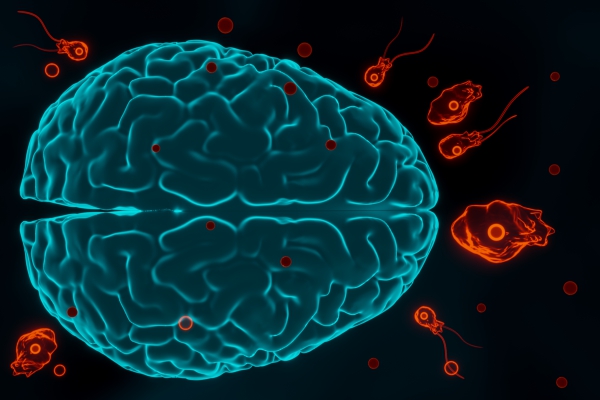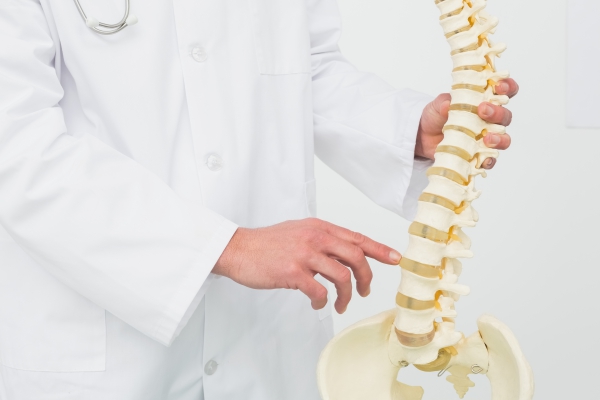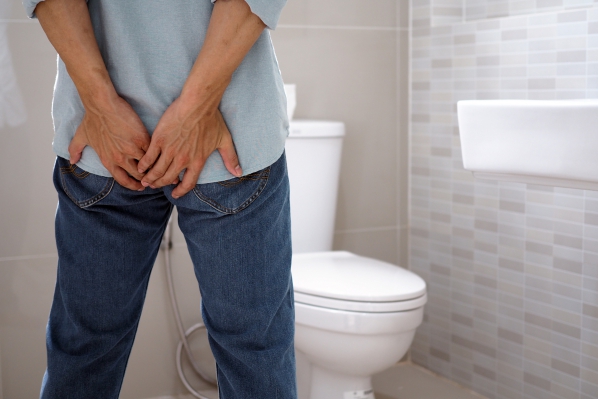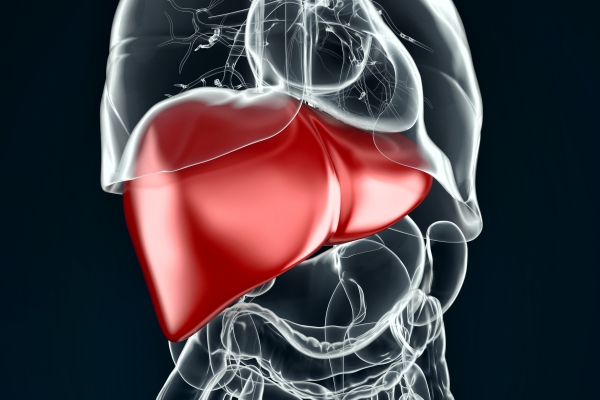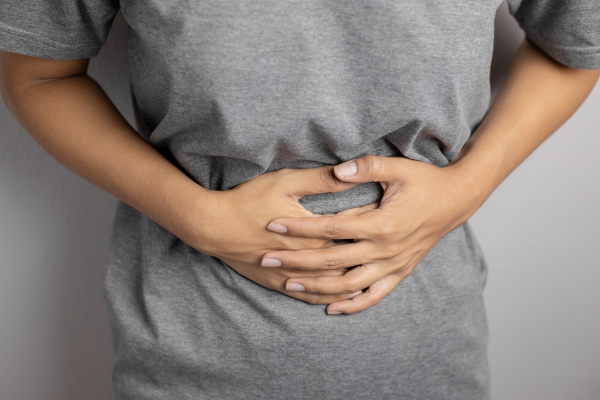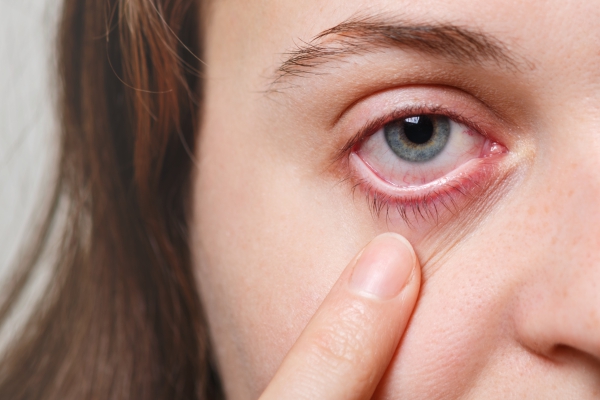Pancreatitis, Pancreas, Inflammation, Gastrointestinal disorders, Abdominal pain
Description : The pancreas in an organ which is found in the abdomen and is responsible for several functions
Article Details :
What is Pancreatitis?
The pancreas in an organ which is found in the abdomen and is responsible for several functions such as digestion and blood sugar regulation. It releases enzymes and hormones such as insulin. When your pancreas gets inflamed, this is called pancreatitis. If it occurs suddenly and lasts for a few days it is called acute pancreatitis and when it occurs over several months or years, you have chronic pancreatitis.
In the United States, acute pancreatitis occurs in around 4.5 to 35 per 100000 individuals per year. Its incidence keeps on increasing around the world due to the increased number of people with risk factors such as obesity and gallstones. In some cases, pancreatitis can go away without treatment. However, it can also lead to severe complications and requires prompt treatment.
Causes of Pancreatitis
Whenever digestive enzymes found in the pancreas start to irritate the pancreatic cells themselves, inflammation occurs. If you have recurrent episodes of acute pancreatitis, more damaged is caused to your pancreas leading to chronic pancreatitis.
Acute and chronic pancreatitis share similar causes namely:
- Gallstones: Stones formed in your gall bladder can travel through your bile duct that leads to your pancreas causing obstruction. This is known as gallstone pancreatitis. This will prevent the release on pancreatic enzymes into your gastrointestinal tract.
- Alcohol misuse: Alcohol can trigger the activation of pancreatic enzymes while they are still in your pancreas.
- Infections: These infections can be due to bacteria, viruses, fungi or parasites. Some examples include salmonella, legionella, hepatitis B, cytomegalovirus, mumps, coxsackievirus, varicella-zoster virus, aspergillus, cryptosporidium and ascaris.
- Others: Other causes such as autoimmune diseases (Lupus or Sjogren’s syndrome), genetic mutations, pancreatic injuries, and high levels of calcium or triglycerides in the blood can also contribute in the development of pancreatitis.
- Idiopathic: Some cases of pancreatitis also arise without any known cause.
Risk factors for Pancreatitis
There are several factors that contribute in the development of pancreatitis or which make you more prone to have it namely:
- Alcoholism: people who consume alcohol heavily are at increased risk of having pancreatitis
- Smoking: smoking increases your risk of having pancreatitis by threefold compared to people who do not smoke. It is also known that smoking cessation significantly reduces your risk.
- Family history: Genetics play a role in pancreatitis. If you have a close family member who has or had pancreatitis, you are more susceptible to have it too.
- Obesity: Being obese increases your risk of having pancreatitis.
- Sex: Men are more likely to have pancreatitis compared to women.
Signs and symptoms
Acute and chronic pancreatitis can present with a variety of signs and symptoms.
Acute pancreatitis most commonly present with:
- Persistent and severe abdominal pain
- Abdominal pain radiating to the back
- Nausea and vomiting
- Fever
- Decreased appetite
- Tender abdomen
- Jaundice
- Increased respiratory rate
- Ecchymosis near the umbilicus or on your flank (rare)
Chronic pancreatitis present with similar signs and symptoms as acute pancreatitis but can also present with the following:
- Oily or floating stools
- Unintentional weight loss
- Worsening abdominal pain
Making a diagnosis
A thorough history and physical examination will definitely help in pointing to the diagnosis of pancreatitis. However, your doctor will need to perform several other tests and imaging to confirm the diagnosis in order to initiate appropriate treatment. These tests include:
- Blood tests: These will be performed to look for the levels of the enzymes amylase and lipase in your blood. Both of these enzymes are produced in increased quantities during acute pancreatitis. However, past a few days, these tests are no longer reliable as the levels eventually return to normal.
- Stool tests: this test is used to check for the level of fat present. This is usually increased in pancreatitis as there is impaired digestion of fat.
- Abdominal ultrasound: This is mostly used to detect the presence of gallstones potentially obstructing the pancreatic outflow.
- Computerized tomography (CT scan): This imaging modality is also used to detect the presence of gallstones and inflammation in your pancreas.
- Endoscopic retrograde cholangiopancreatography (ERCP): In this procedure, a camera is introduced into your gastrointestinal tract. This will enable visualisation of your internal structures and localise the level of obstruction.
- Magnetic resonance imaging (MRI): this can also be used to look for any structural abnormalities in your organs including your pancreas, associated ducts and gallbladder.
Read more







